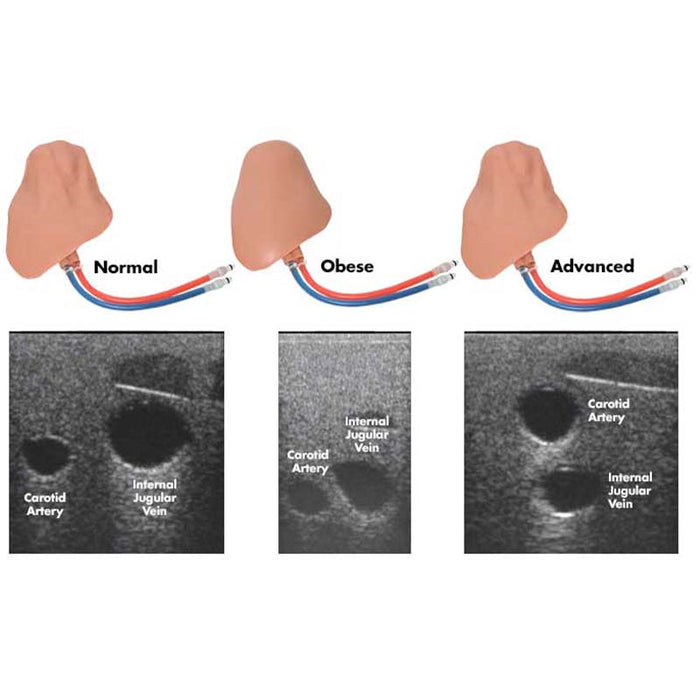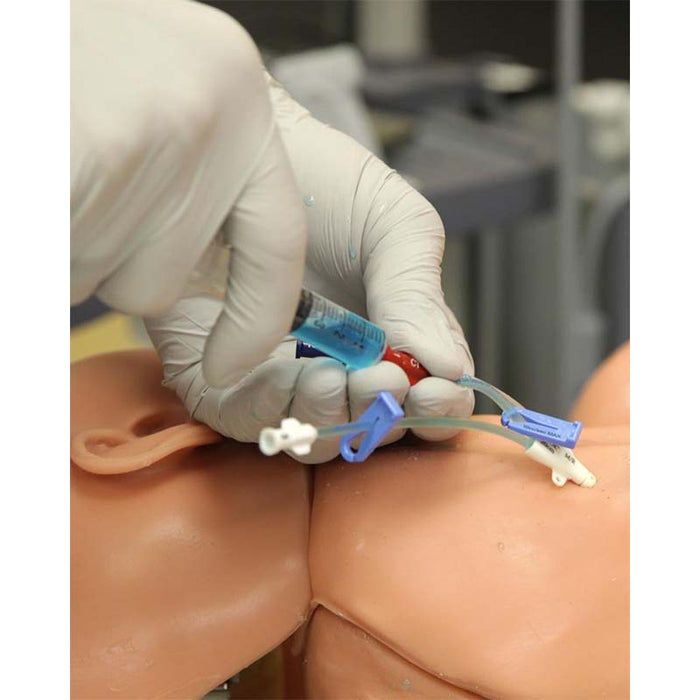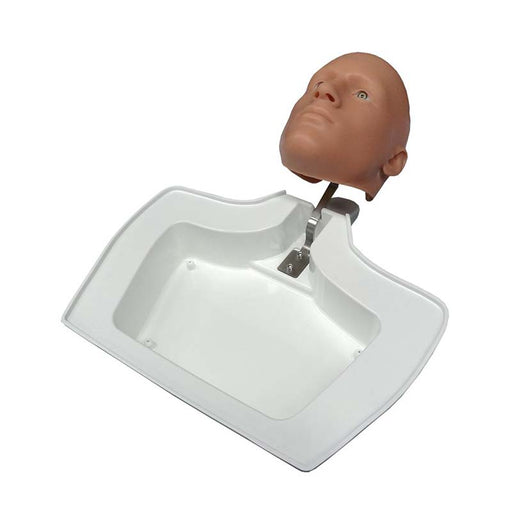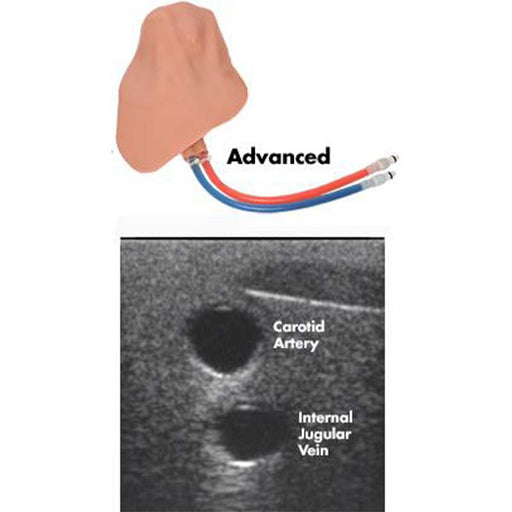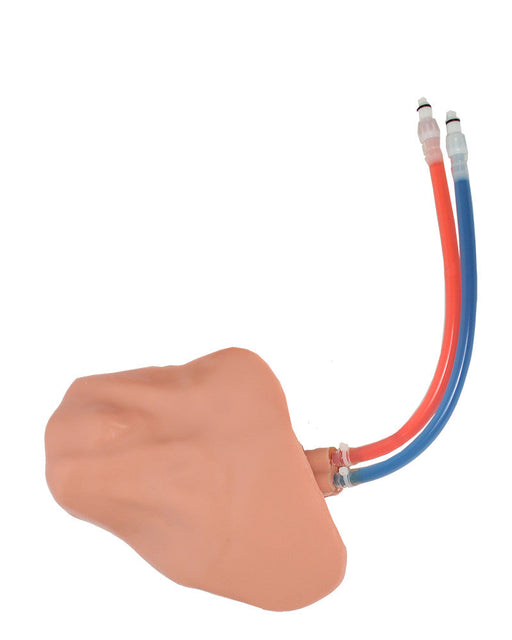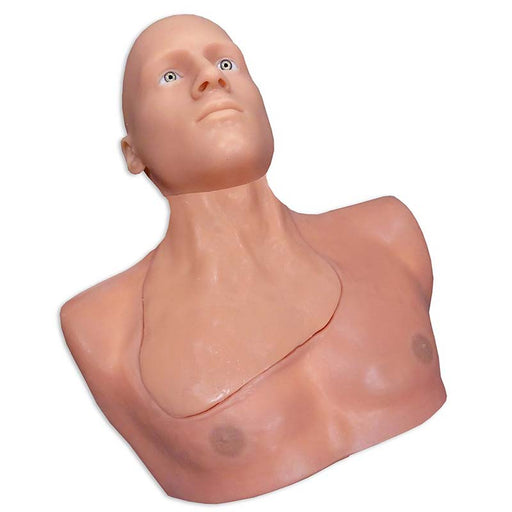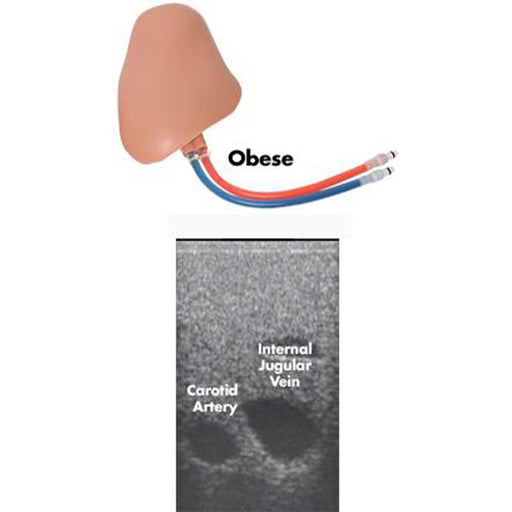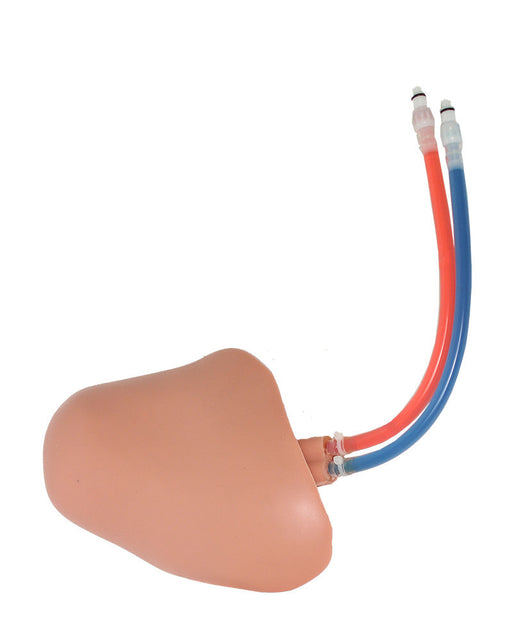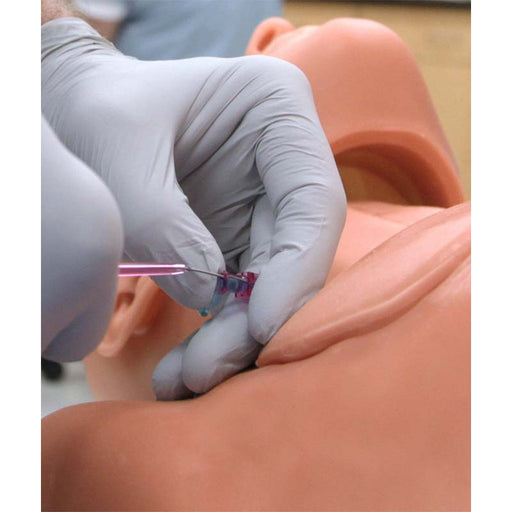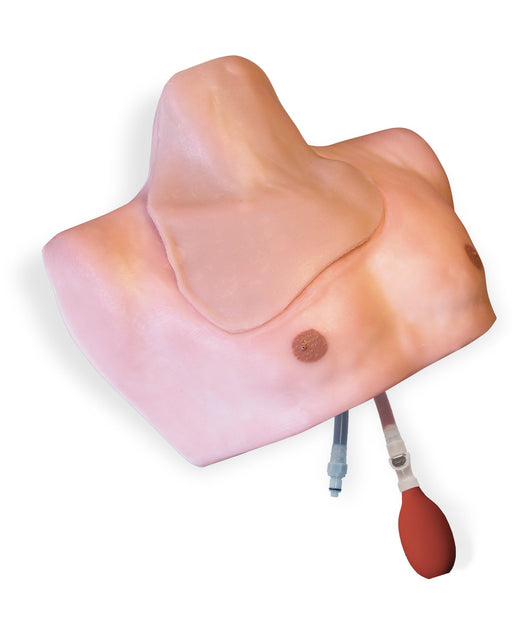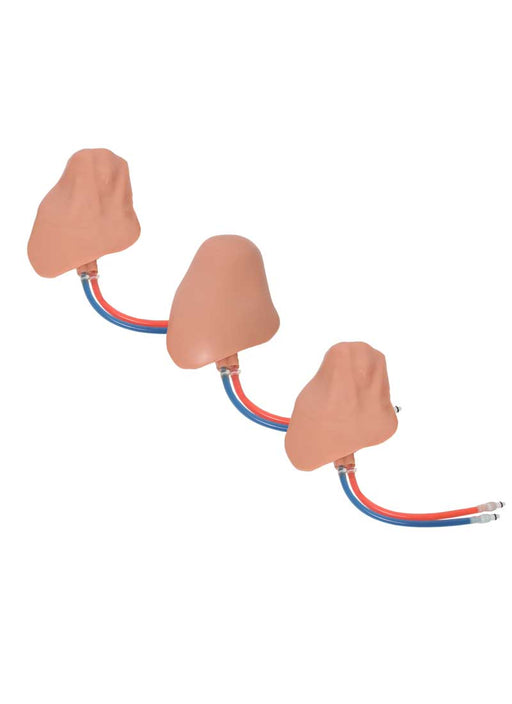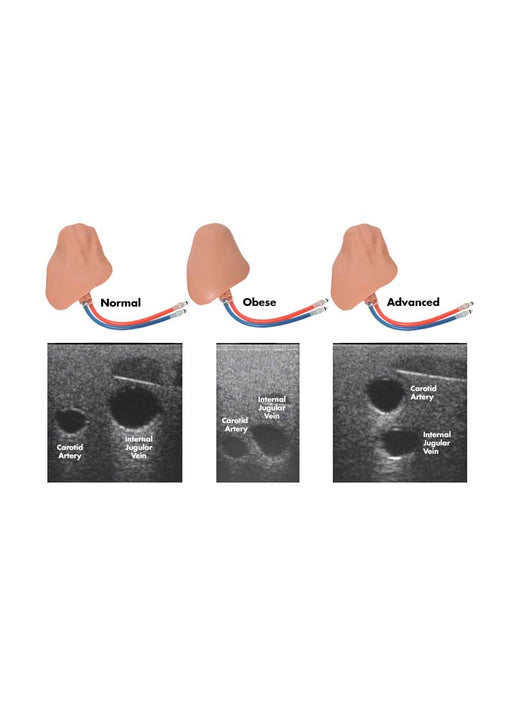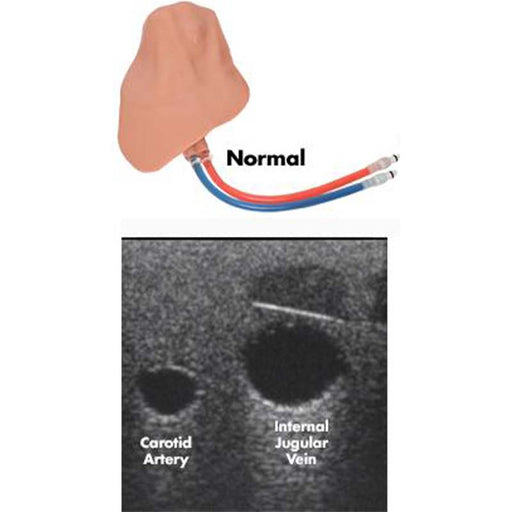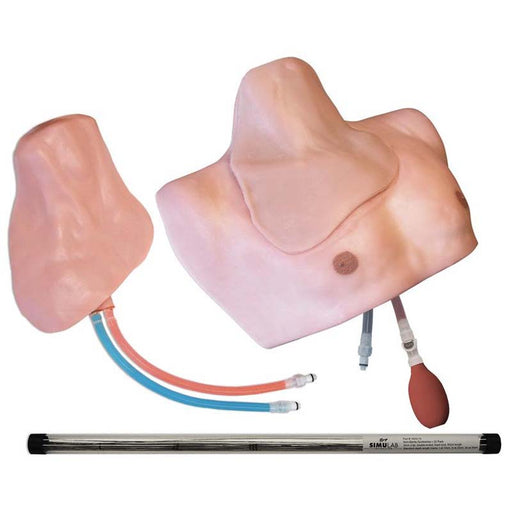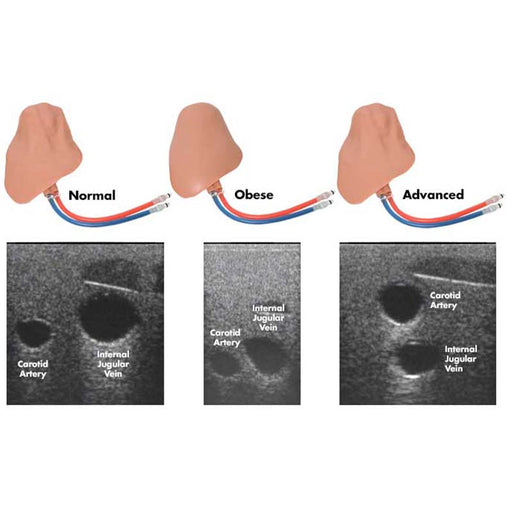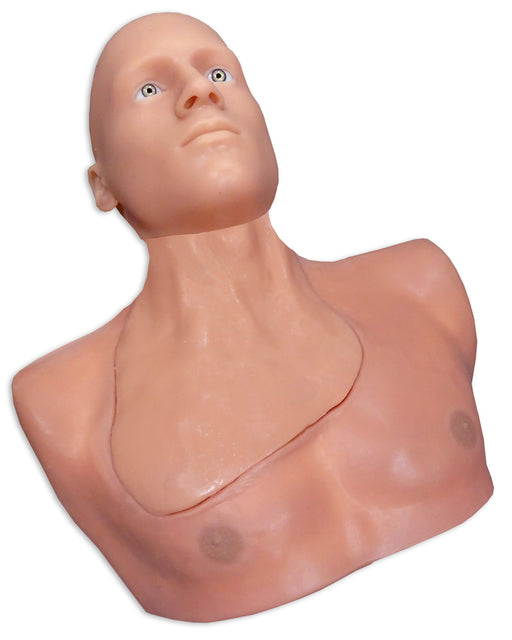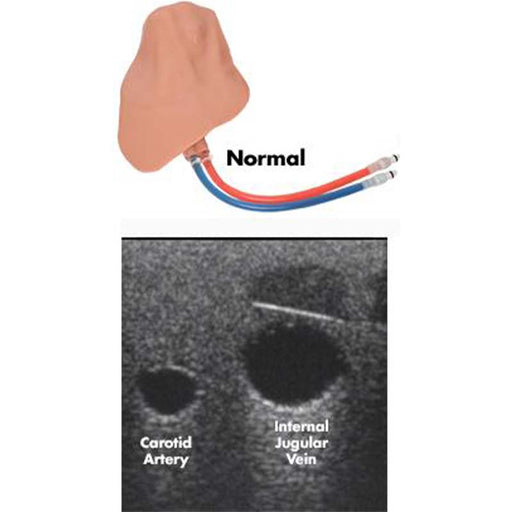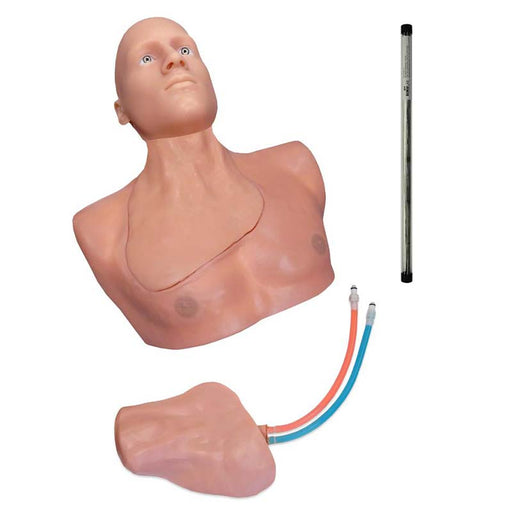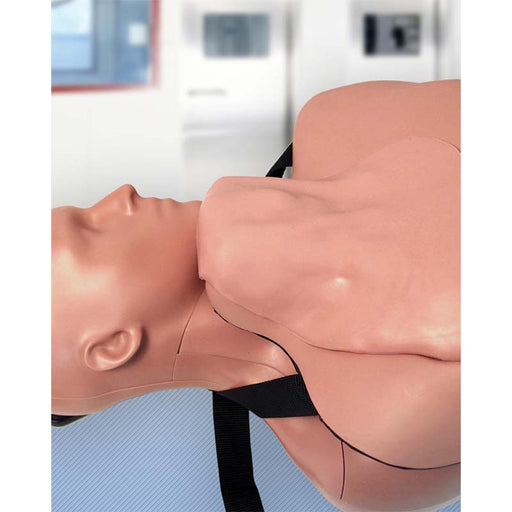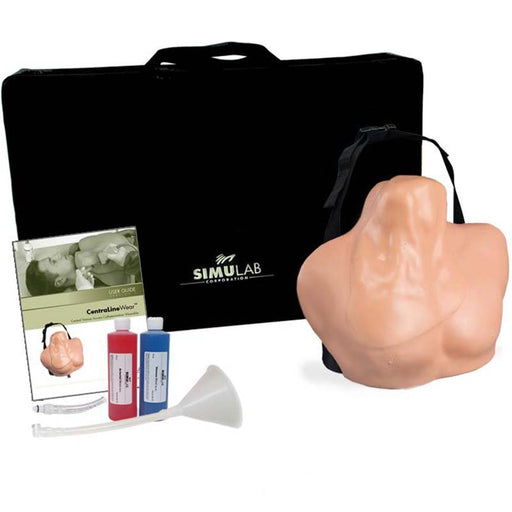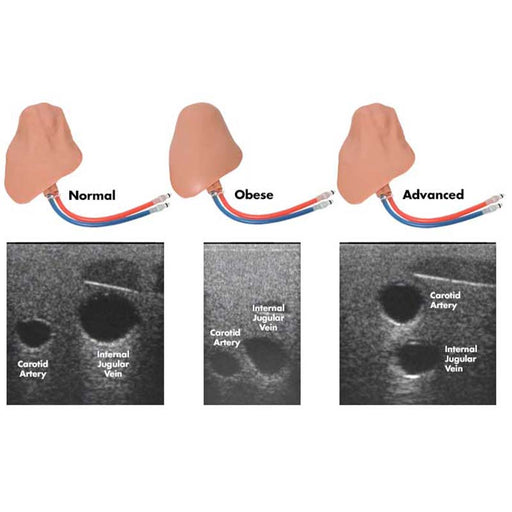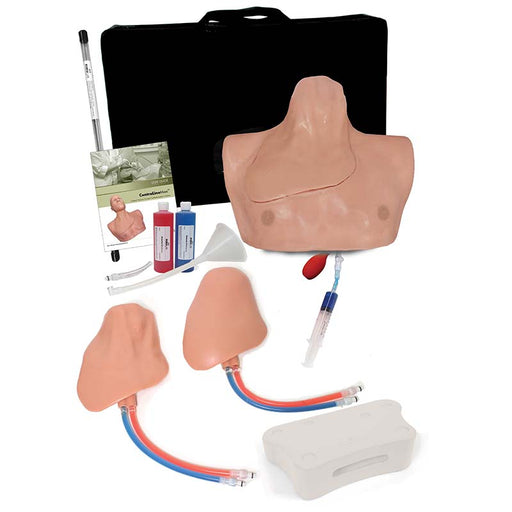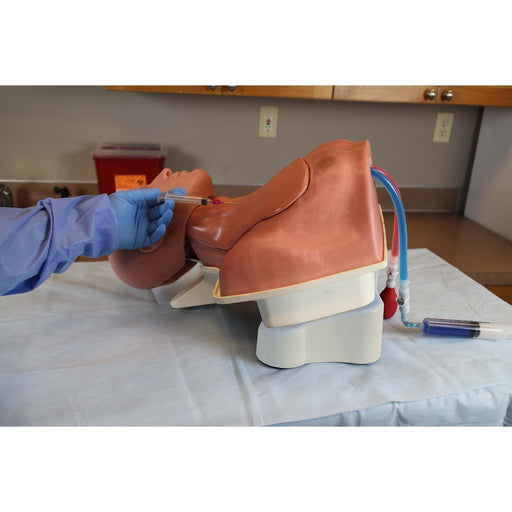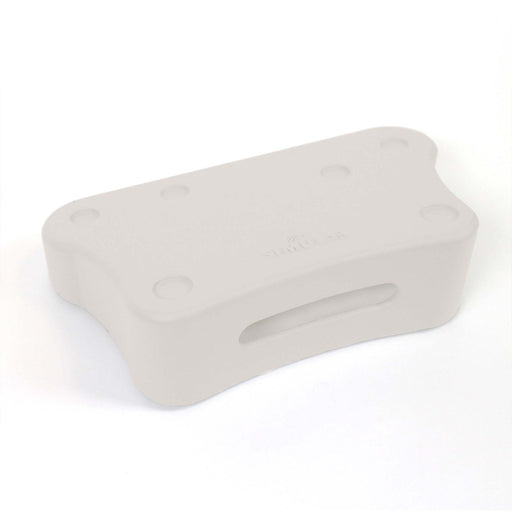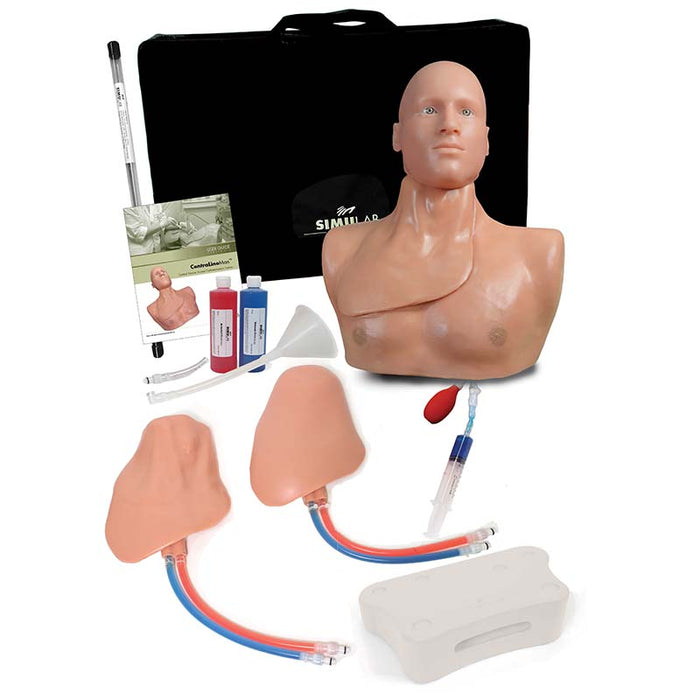
Deluxe CentraLineMan® Training Package with Articulating Head
Simulab's Deluxe CentraLineMan® Training Package with Articulating Head offers a 5% discount and comes with additional tissues and non-sterile guidewire.
CentraLineMan is the most widely used Central Venous Catheterization (CVC) training solution in the market today, and returns on investment are proven when used with rigorous training to reduce patient complications from central venous catheter insertion. This flexible system offers unsurpassed value with clinically relevant anatomy, time-tested ultrasound-compatible tissues that maintain visual acuity, and market-leading durability from needle sticks to full catheterizations, all with the ability to interchange the Articulating Head, Body Form Base, and Tissues with many of Simulab’s other procedural task trainers.Â
Investing in CentraLineMan and any of Simulab’s other products comes with a guarantee of receiving exceptional customer service, visibility, and support for product upgrades and the comfort of “no customer being left behind†as we keep pace with technological advancements.

